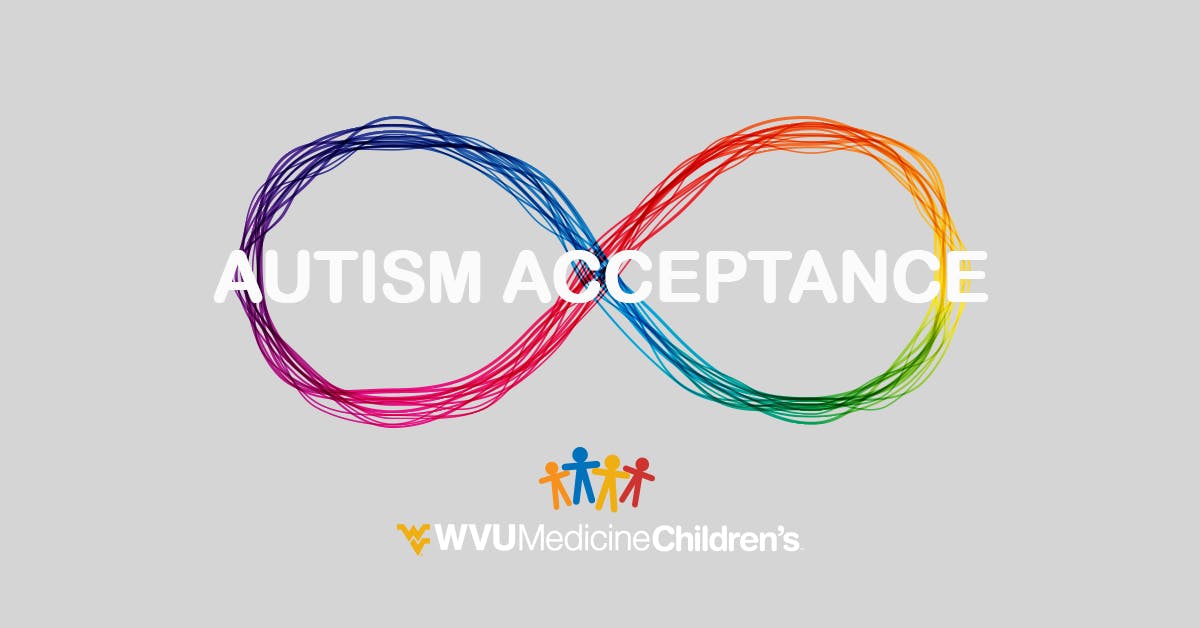Understanding Autism: A Comprehensive Guide to Symptoms and indicators
Autism Spectrum Disorder (ASD) includes a broad variety of qualities that can substantially influence a person's social communications and day-to-day performance. Understanding these nuances not only aids caregivers and instructors in providing appropriate support but also fosters a more inclusive environment for people with ASD.
Review of Autism Range Problem
Specifying Autism Range Problem (ASD) entails identifying it as an intricate neurodevelopmental condition defined by a variety of obstacles in social communication, communication, and behavioral patterns. The term "spectrum" mirrors the vast irregularity in signs and symptoms and their extent, which can vary dramatically from one person to an additional. ASD normally materializes in early childhood, although some people might not get a diagnosis until later in life.
Factors affecting the growth of ASD include genetic proneness and ecological elements, although the exact reasons stay under investigation. Medical diagnosis usually depends on behavioral analyses, as there are no clear-cut medical examinations for ASD. Early treatment is critical and can dramatically enhance outcomes, concentrating on enhancing interaction skills, social communications, and adaptive actions.
People with ASD may also display unique toughness, such as outstanding attention to information or particular areas of proficiency. Recognizing the multifaceted nature of ASD is crucial for fostering a comprehensive setting that accommodates neurodiversity. Proceeded study is vital for establishing reliable interventions and assistance systems, making it possible for individuals with ASD to prosper and fulfill their prospective within culture.
Common Indications of Autism
Identifying the typical indications of Autism Range Condition (ASD) is crucial for very early identification and treatment. These indicators can vary commonly in extent and presentation, but specific features are frequently observed in individuals with ASD.
Among one of the most prevalent signs is a marked problem in developing and keeping eye get in touch with. Individuals may additionally exhibit minimal interest in social interactions and reveal a choice for singular play. Repetitive behaviors, such as hand-flapping, rocking, or spinning items, usually emerge early in childhood years. Furthermore, some youngsters might develop stringent routines and end up being troubled if these regimens are interfered with.
Sensory sensitivities are also common; people might panic or underreact to sensory stimuli, such as lights, appearances, or audios. autism. Language growth can be irregular, with some children exhibiting postponed speech or making use of language in unusual ways, consisting of echolalia-- duplicating sentences or expressions listened to somewhere else
It is necessary to note that not every individual with ASD will certainly show all these signs, and the degree of these actions can differ dramatically. Early acknowledgment enables prompt assistance and resources, boosting the lifestyle for those on the spectrum.
Social Interaction Difficulties
Social communication obstacles are a characteristic of Autism Range Disorder (ASD), influencing an individual's ability to involve efficiently with others. These troubles can materialize in numerous methods, including difficulties in initiating and keeping conversations, recognizing social hints, and responding properly in social communications.
Individuals with ASD might fight with nonverbal interaction, such as eye get in touch with, facial expressions, and body movement. This can lead to misconceptions, as their communicative intent might not be properly analyzed by others. They may discover it hard to understand the subtleties of tone and context, which are essential for efficient interaction.
In team settings, individuals with ASD may really feel overwhelmed and may not understand how to sign up with in discussions (autism). They might likewise show irregular conversational patterns, such as monologuing about certain passions without recognizing social reciprocity
In addition, these difficulties can cause social seclusion or difficulties in forming connections, as peers might misunderstand their actions or communication style. Understanding these social communication obstacles is essential for promoting helpful settings that advertise social abilities development and enhance the quality of interactions for individuals on the autism spectrum.
Sensory Sensitivities and Feedbacks
Numerous individuals with Autism Spectrum Condition (ASD) experience increased sensory sensitivities that can substantially affect their lives. These sensitivities may materialize as over-responsiveness or under-responsiveness to sensory stimulations, consisting of noises, lights, structures, tastes, and smells. As an example, a person with ASD may find everyday sounds, such as a vacuum or crowded environments, overwhelmingly upsetting, resulting in stress and anxiety or meltdowns. Conversely, some might display an indifference to pain or extreme temperature levels, which can present safety and security problems.
Sensory handling differences in people with ASD can likewise affect their ability to involve in regular tasks and social interactions. For instance, a kid that is sensitive to touch might withstand physical affection or prevent certain apparel fabrics. Conversely, a preference for sure textures or tastes can restrict dietary choices and develop challenges throughout mealtimes.
Understanding these sensory level of sensitivities is essential for acknowledging the special experiences of people with ASD. Recognition of their sensory accounts can foster better communication and support techniques, producing an atmosphere that suits their demands and boosts their lifestyle. Ultimately, acknowledging sensory sensitivities is a vital element of comprehending the wider spectrum of autism.

Sustaining Individuals With Autism
Efficient assistance for people with Autism Spectrum Condition (ASD) is critical for enhancing their general health and cultivating independence. Support methods should be tailored to satisfy the one-of-a-kind needs of each individual, considering their staminas and difficulties.

Social abilities training can Read Full Article additionally play a pivotal function. autism. Involving people in team tasks or role-playing circumstances can boost their capacity to navigate social interactions. Additionally, it is vital to inform relative, caretakers, and peers concerning ASD to cultivate a visit their website inclusive and encouraging area
Conclusion
By cultivating enhanced communication and social abilities, individuals with autism can navigate their settings much more efficiently. Eventually, boosted awareness and assistance can substantially enhance the top quality of life for those impacted by ASD.
Autism Spectrum Problem (ASD) encompasses a vast variety of characteristics that can dramatically affect a person's social communications and everyday functioning.People with ASD may have a hard time with nonverbal communication, such as eye get in touch with, facial expressions, and body language.Lots of individuals with Autism Spectrum Problem (ASD) experience increased sensory level of sensitivities that can considerably influence their daily lives.Sensory handling differences in people with ASD can also impact their ability to engage in regular activities and social interactions.Recognizing these sensory Resources sensitivities is crucial for recognizing the special experiences of people with ASD.
Comments on “Resolving Usual Misconceptions: What You Need To Find Out About Autism Today”